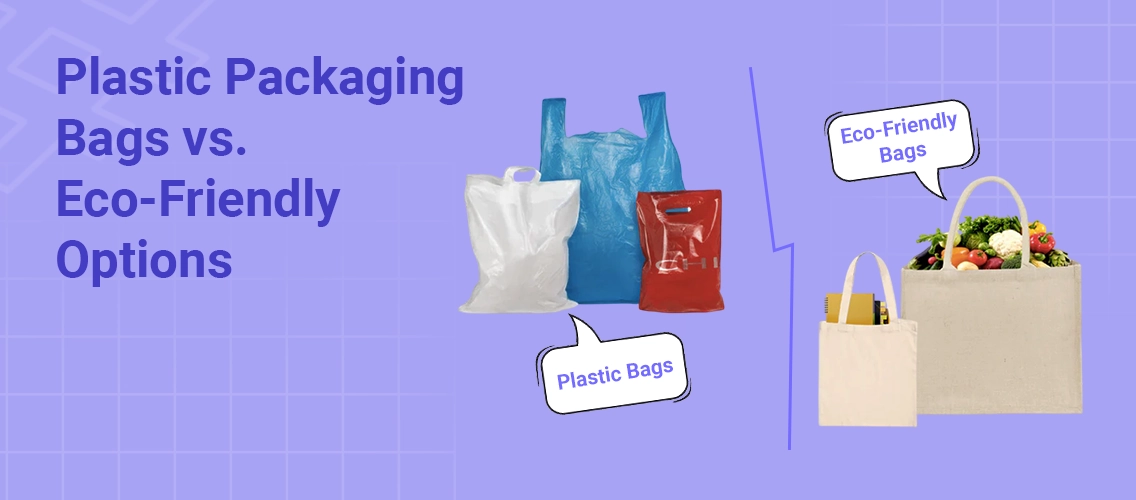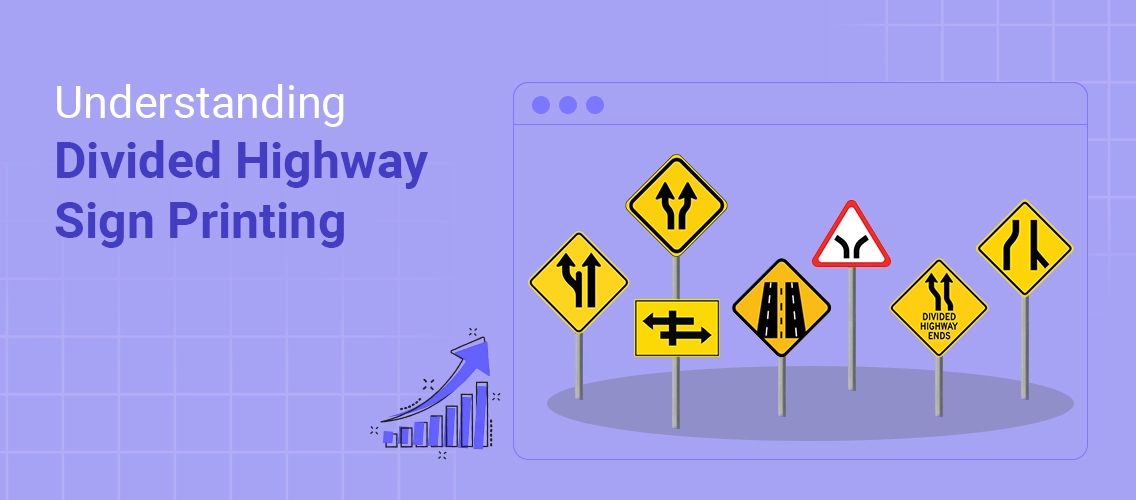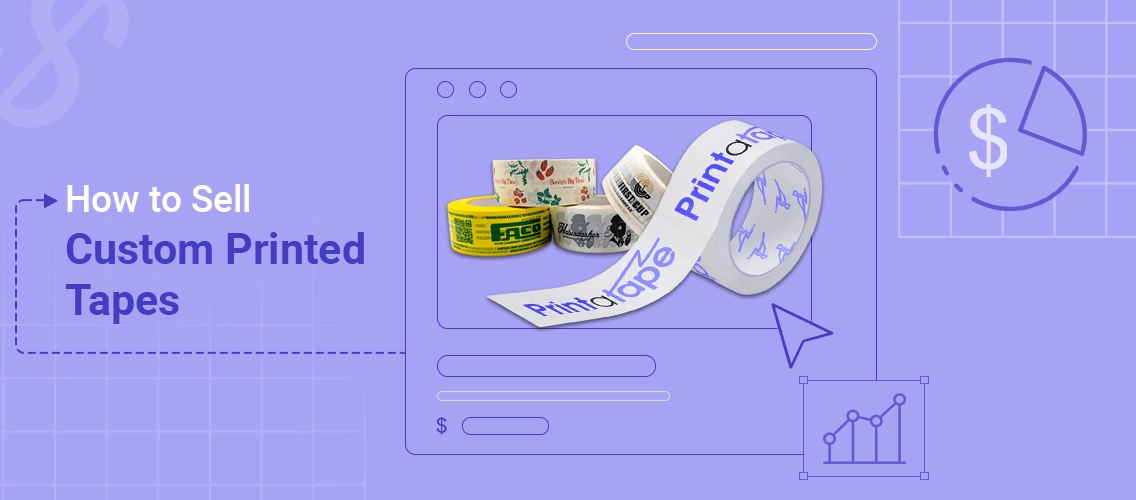Imagine running an online store. Orders are coming in fast, and packaging is part of your daily routine. You want something durable, affordable, and presentable. Naturally, plastic packaging bags seem like the easiest choice.
But then a few customers ask, “Do you offer eco-friendly packaging?” Suddenly, what felt like a small detail turns into a big decision that could shape your brand image.
Today, more shoppers are choosing brands that care about the planet. Yet, switching from plastic to eco-friendly paper bags isn’t always simple. Cost, supply, and product safety all play a role in what works best for your business.
In this article, we’ll compare both eco-friendly and plastic packaging bags based on performance, pricing, and perception. You’ll discover what each offers, where they fit best, and how to make a smart choice that supports both your budget and your brand values.
Table of Contents
Understanding Plastic Packaging Bags
First, let’s start with the basics. Plastic packaging bags have been the go-to packaging choice for decades.
From retail stores to online deliveries, these materials dominate the market because they’re affordable, strong, and convenient.
Common Types of Plastic Packaging Bags
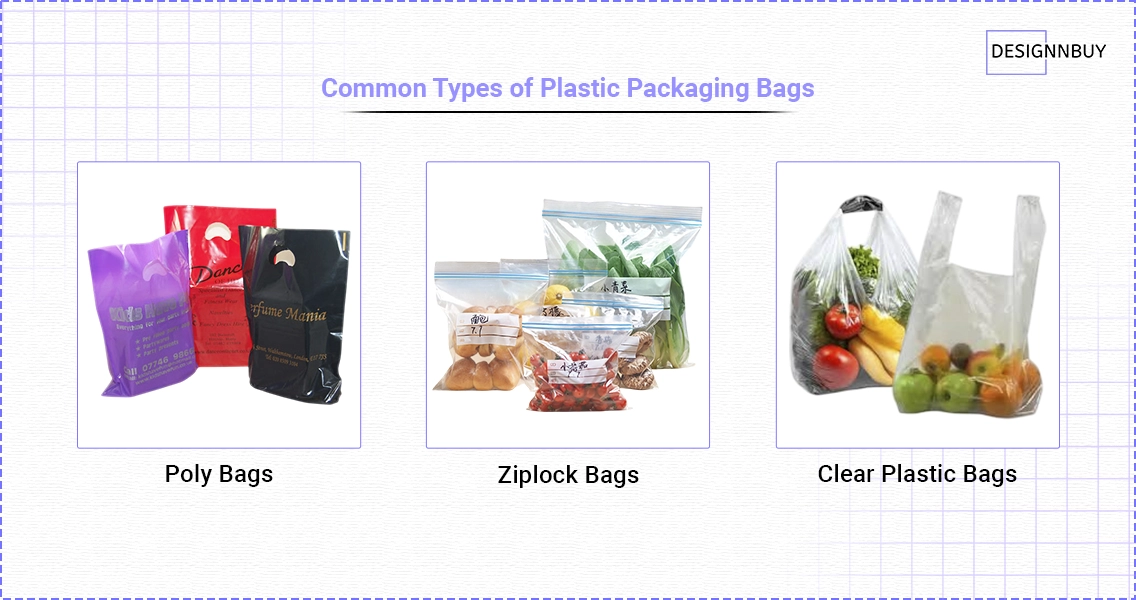
Different products need different kinds of plastic packaging bags. Some of the most used ones include
- Poly bags: Lightweight and flexible, great for clothing, accessories, or electronics.
- Ziplock bags: Ideal for food, small parts, or items that need resealing.
- Clear plastic bags: Perfect for visual appeal, they let customers see what’s inside, making products look neat and professional.
Each of these options is valued for being transparent, moisture-resistant, and durable, which helps protect products during storage or shipping.
Moreover, with an advanced web-to-pack solution, packaging businesses can go beyond simple customization. These platforms help automate the entire ordering workflow, from design approvals to order management.
Therefore, it makes it easier to handle bulk packaging requests while maintaining brand consistency.
Why Businesses Still Rely on Plastic Bags
Plastic remains popular for several reasons:
- Cost efficiency: A standard poly mailer can cost around USD $0.05, whereas eco-friendly alternatives may cost more around $0.06 – $0.21, based on their size and customization. However, with many countries introducing plastic packaging taxes or levies to reduce single-use plastics, this price gap is slowly narrowing.
- Convenience: They’re lightweight, simple to store, and work across industries.
- Performance: Plastic bags handle rough handling, spills, and weather better than most alternatives.
For small to large businesses managing tight budgets, these savings can make a big difference.
Therefore, plastic often wins when the priority is cost and consistency. Using packaging design software, businesses can even print logos or promotional messages on plastic packaging without extra complexity.
Plastic packaging remains practical but problematic. It still serves many business needs but no longer aligns with growing environmental values.
In the next section, we’ll explore how eco-friendly options are rising to meet both sustainability goals and business demands.
The Rise of Eco-Friendly Alternatives
In contrast to traditional plastic packaging, eco-friendly bags have gained strong momentum recently. They don’t just reduce environmental harm but also help brands connect with today’s conscious consumers.
For small and medium businesses, these materials are becoming a practical choice that balances sustainability with performance.
Popular Types of Eco-Friendly Bags
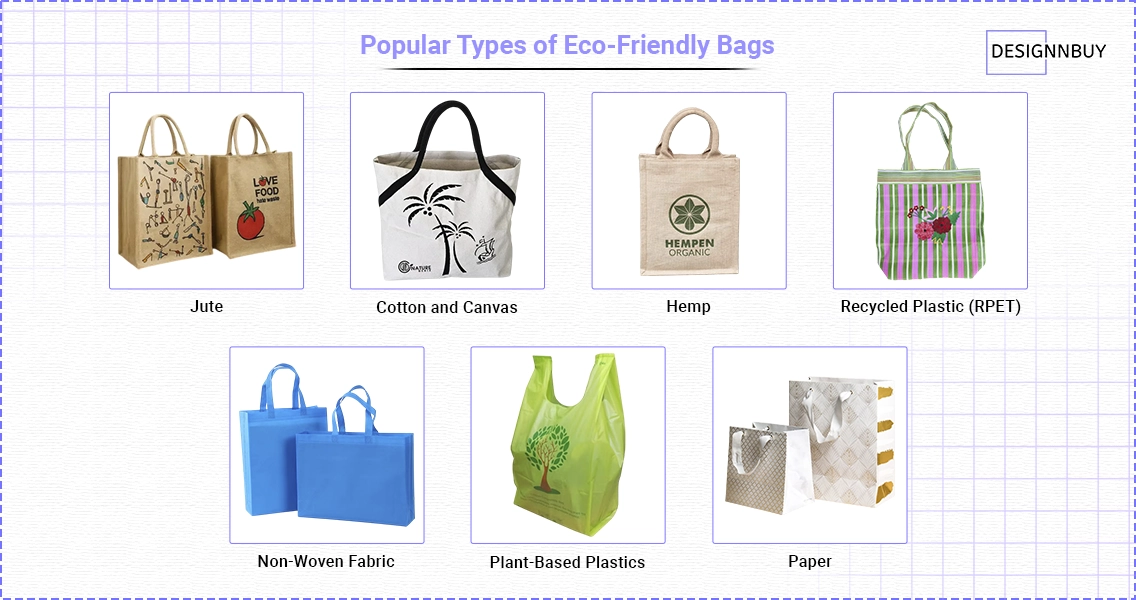
Today, eco-friendly packaging extends beyond paper or cloth. It includes a wide range of materials designed to fit different product types and budgets.
If you’re looking to offer eco-friendly options through your web to print storefront, consider exploring materials like these
- Jute: Strong, durable, and made from natural plant fibers, making it ideal for heavy loads and reusable packaging.
- Cotton and Canvas: Made from breathable, natural fibers that are washable and long-lasting. These can also be produced from organic or recycled cotton to reduce chemical use.
- Hemp: A natural fiber that’s incredibly strong and can be grown in poor soil with little to no pesticides.
- Recycled Plastic (RPET): Created from recycled plastic bottles and other waste, helping to divert materials from landfills while maintaining flexibility and strength.
- Non-Woven Fabric: Usually made from synthetic materials but still considered eco-friendly because they’re reusable, lightweight, and highly durable.
- Plant-Based Plastics: Includes starch-based materials like PLA (polylactic acid), which can be industrially composted, offering the look of plastic with a smaller footprint.
- Paper: While not as strong as fabrics, paper bags such as custom deli papers decompose faster than plastic and are often made from recycled sources, making them a sustainable choice for retail and food packaging.
Each material brings its own advantages, from cost to durability.
Understanding the Real Costs
Although eco-friendly options may cost slightly more upfront, the long-term value often outweighs the expense. For instance, a standard poly mailer might cost US $0.05, while a compostable alternative costs around US $0.06 – US $0.21 per unit depending on size and customization.
However, when brands promote their sustainable choices, they often see improved loyalty and stronger customer trust.
Moreover, with growing production and improved technology, prices are steadily decreasing.
In fact, studies indicate that over 60% of customers are willing to pay more for sustainable packaging. As a result, eco-friendly materials are no longer a luxury—they’re a competitive advantage.
And for print and packaging businesses operating through a web to print model, offering these sustainable materials can help align their brand with modern consumer expectations.
Customer Preference and Market Trends
Consumers today expect brands to act responsibly. Surveys reveal that 7 in 10 shoppers prefer products with eco-friendly packaging.
This trend is particularly strong among younger audiences who view sustainability as part of their lifestyle.
As a result, businesses using green materials often highlight it on packaging. Labels like “Made from Recycled Materials” or “Compostable Bag” build emotional trust and spark social media engagement, turning packaging into a marketing tool.
Performance and Practicality
Early eco-friendly alternatives were sometimes weaker than plastic. However, new technology has changed that. Modern materials like PLA and RPET now offer water resistance, tear strength, and printability, matching many of the features of traditional plastics.
In addition, these materials work with most automated packaging systems, making them easy to adopt without disrupting operations.
Eco-friendly packaging has evolved far beyond its early limitations than plastic packaging bags. It now offers a smart mix of sustainability, performance, and visual appeal, helping businesses meet customer expectations and environmental goals.
Next, let’s look at how sustainability extends beyond packaging into niche products like eco-friendly sleeping bags and what that means for conscious consumers.
Special Focus: Niche Applications
Sustainability isn’t limited to shopping or shipping bags. It’s now influencing how products are designed, manufactured, and even used.
Similarly, eco-conscious choices are expanding to specialized items, including eco-friendly sleeping bags.
Materials Matter
Choosing an eco-friendly sleeping bag goes beyond comfort. Many are made from:
- Recycled polyester, organic cotton, or plant-based insulation — reducing reliance on virgin plastics.
- Recycled down or responsibly sourced wool — providing warmth while minimizing environmental impact.
These materials help lower a product’s footprint while still maintaining quality and durability.
Sustainable Production Practices
Modern manufacturers are adopting low-impact dyes, water-efficient processes, and biodegradable coatings.
These methods make products greener without compromising performance. Although such sleeping bags can cost slightly more, the long-term benefits, durability, comfort, and customer appeal, often justify the investment.
Consumer Awareness and Market Trends
Today’s consumers expect brands to act responsibly. From eco-friendly trash bags to compostable mailers and sleeping bags, sustainability is quickly becoming the standard rather than a bonus.
Highlighting eco-conscious materials and practices can strengthen your brand image and attract loyal, environmentally aware customers.
Looking Beyond Packaging
Beyond packaging, this mindset encourages businesses to explore greener options throughout the supply chain.
For retail or print brands, this can include labels, shipping materials, and product presentation, ensuring a consistent sustainability story for your customers.
Making the Right Choice for Your Business
Choosing between plastic packaging bags and eco-friendly alternatives can feel overwhelming. Therefore, it’s important to consider multiple factors before making a decision.
Understanding your budget, customer expectations, and industry regulations will help you create a packaging strategy that works for your business today and tomorrow.
Consider Your Budget
Cost is often the first concern for small and medium businesses. Traditional plastic packaging bags are cheaper upfront, while eco-friendly options can be 50–100% more expensive per unit. However, a higher cost doesn’t always mean a poor return on investment.
For example, using plant-based mailers for premium products can enhance perceived value, encouraging repeat purchases and loyalty. Therefore, balance your packaging costs with potential benefits to your brand image and customer retention.
Know Your Customer Base
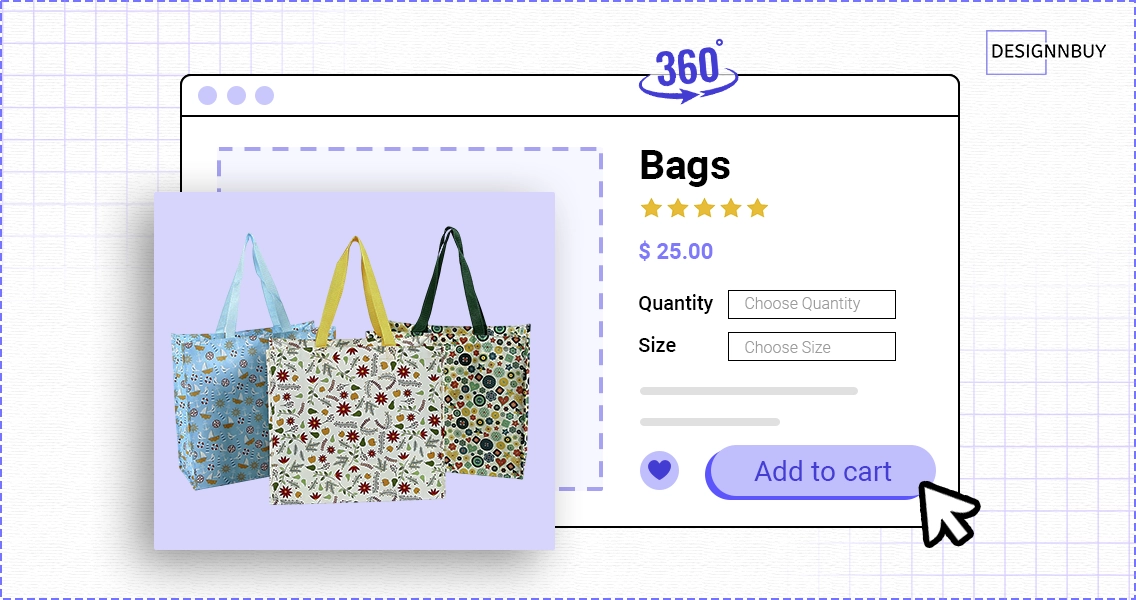
Next, think about your customers. Are they price-sensitive, or do they value sustainability? Younger and environmentally conscious shoppers often prefer brands that make eco-friendly choices.
On the other hand, if most customers prioritize low prices, plastic bags may remain practical for certain product lines. Understanding your audience allows you to tailor packaging choices without overextending your budget.
Understand Industry Rules
Some sectors, such as food or cosmetics, have regulations on packaging materials. For example, certain products require moisture-resistant bags or certified food-grade plastics.
On the other hand, reusable or biodegradable options may meet or exceed safety standards in retail and apparel. Therefore, check what’s required in your industry before making a complete switch.
Adopt a Hybrid Approach
You don’t always have to choose one over the other. A hybrid approach can work well:
- Use plastic bags where durability is critical.
- Switch to eco-friendly alternatives for premium products or marketing campaigns.
- Gradually increase the proportion of green packaging as suppliers and budgets allow.
This strategy helps businesses transition smoothly while maintaining operational efficiency.
Selecting Reliable Suppliers
Finally, supplier choice matters. Look for vendors who provide consistent quality, competitive pricing, and transparent sustainability certifications.
Reliable suppliers can help you scale your eco-friendly initiatives without disruption, ensuring your business maintains both reputation and workflow efficiency.
By considering these factors, budget, customer expectations, regulations, hybrid strategies, and suppliers—businesses can make informed packaging decisions. With careful planning, switching to greener alternatives doesn’t have to be risky or costly.
Conclusion: Make Smart Packaging Choices
In summary, both plastic packaging bags and eco-friendly alternatives have their place in modern business. Plastic offers low cost and durability, while eco-friendly options provide sustainability, customer appeal, and long-term brand value. Choosing the right mix depends on your budget, audience, and operational needs.
Ultimately, the smartest approach is to start small, test strategically, and scale gradually. A hybrid strategy allows you to balance cost, functionality, and sustainability without overwhelming your resources.
Moving forward, take a closer look at your packaging supply, evaluate eco-friendly options, and begin experimenting with one product line. By acting today, you not only reduce environmental impact but also strengthen your brand in the eyes of conscious consumers.
Design Smarter, Greener Packaging Today
Create eco-friendly packaging effortlessly with our packaging software

